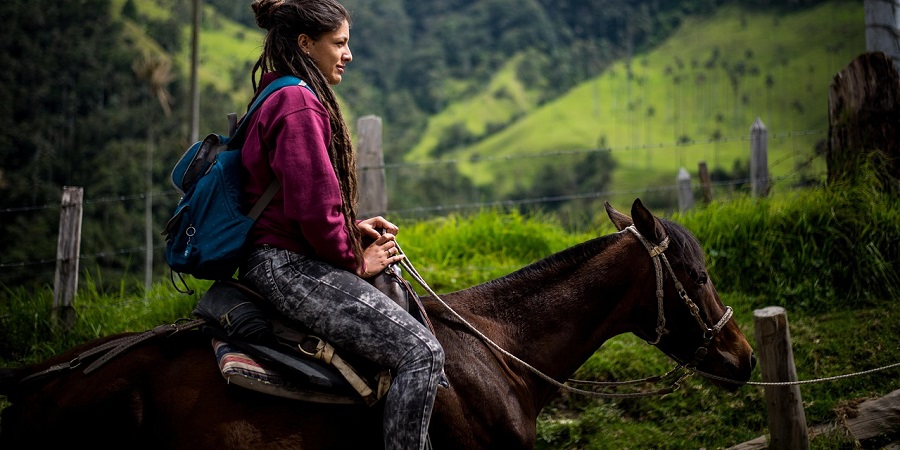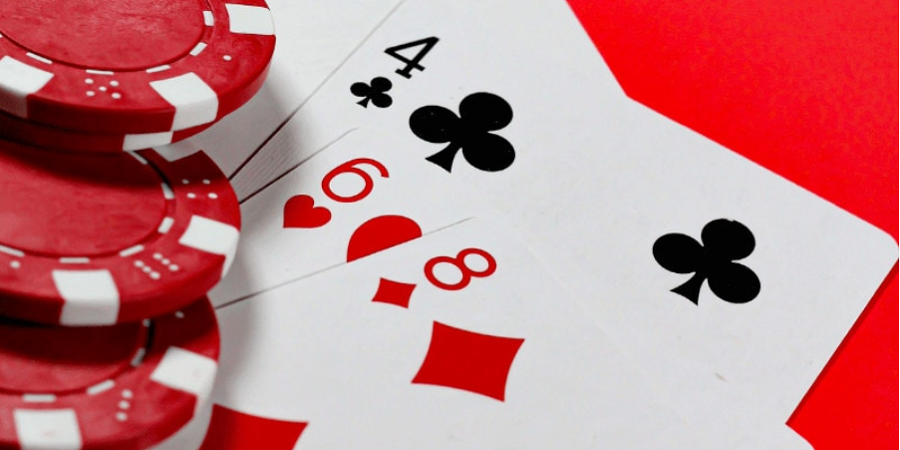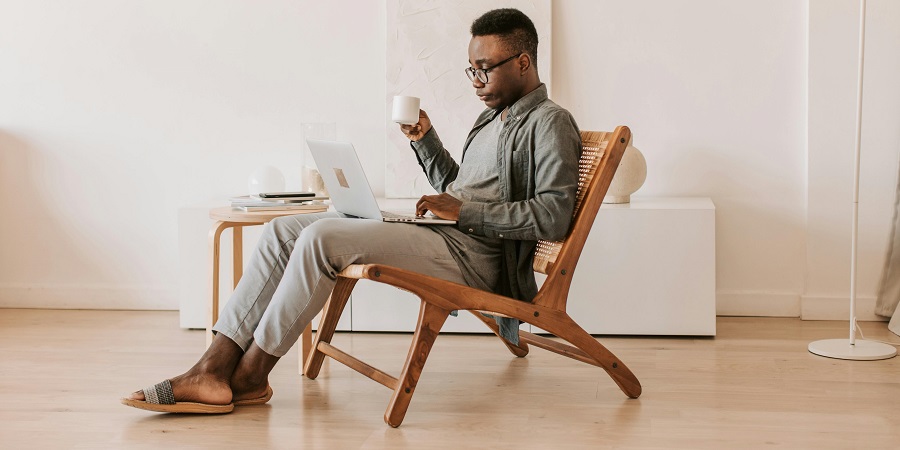Horse riding is a rewarding sport that connects you with nature and challenges your physical skills. For beginners, starting can feel a little overwhelming. You must learn the basics, prepare the right equipment, and follow important safety measures. From wearing the correct horse riding boots to practicing balance, every detail matters. This article will cover everything you need to begin your riding journey with confidence and comfort.
Why Start Horse Riding?
Horse riding offers benefits beyond physical exercise. It helps you build confidence, improve posture, and develop patience. Spending time with horses also teaches responsibility and respect for animals. Riders often find peace in the rhythmic motion and calm presence of the horse. If you want both a hobby and a skill, horse riding is a great choice.
Essential Horse Riding Equipment for Beginners
Before you start, you need the right gear to keep yourself comfortable and safe. Riding without proper equipment can be risky, so preparation is key.
Key Items You’ll Need:
- Horse Riding Helmet – Protects your head in case of falls.
- Horse Riding Boots – Designed with heels to prevent slipping through stirrups.
- Horse Riding Pants – Also called jodhpurs or breeches, made for flexibility and comfort.
- Gloves – Improve grip on reins and protect your hands.
- Body Protector – Adds extra safety for new riders.
| Item | Purpose | Safety Role |
| Horse Riding Helmet | Head protection | Reduces injury risk from falls |
| Horse Riding Boots | Secure foot position in stirrups | Prevents slipping and ankle twisting |
| Horse Riding Pants | Comfort and flexibility | Allows easy movement on horseback |
| Gloves | Better grip and skin protection | Prevents rope burns and hand fatigue |
| Body Protector | Torso safety | Shields ribs and spine from heavy impact |
Choosing the Right Horse Riding Helmet
Your helmet is the most important piece of safety gear. Make sure it fits snugly without causing discomfort. Look for helmets that meet certified safety standards. Replace your helmet if it suffers any strong impact, even if no damage is visible. A well-fitted helmet can make a huge difference in preventing serious injuries.
Why Horse Riding Boots Matter
Many beginners underestimate the importance of proper boots. Horse riding boots have a distinct heel to keep your feet from slipping through the stirrups. The soles should have enough grip without being too thick. Leather and synthetic options are available, each with its own pros and cons. Investing in a good pair will make your rides safer and more comfortable.
Horse Riding Pants for Comfort and Flexibility
Regular jeans might seem fine at first, but they can cause chafing during longer rides. Horse riding pants are designed to prevent this problem. They are flexible, lightweight, and have reinforced areas for extra comfort. Some styles also include grip patches on the inner leg for stability. These small details make a big difference when you’re learning.
Taking Your First Horse Riding Lessons
Professional horse riding lessons are the best way to start. Instructors teach correct posture, how to control the reins, and how to communicate with your horse. You’ll also learn how to mount and dismount safely. Group lessons are often cheaper, while private sessions give you more personalized attention. No matter the format, consistent practice is the key to progress.
Basic Safety Rules for Horse Riding
Safety comes first when dealing with large animals like horses. A calm and prepared rider is a safe rider.
Here are some key safety tips:
- Always wear a horse riding helmet.
- Check all tack and equipment before mounting.
- Approach horses calmly from the side, not from behind.
- Keep your heels down while riding to improve balance.
- Never wrap reins around your hands or body.
Understanding Horse Behavior
Knowing how a horse thinks can help prevent accidents. Horses are prey animals and can be startled easily. They communicate through body language, so pay attention to ear and tail movements. A calm voice and steady actions will make the horse trust you. Respecting the animal’s mood is part of being a responsible rider.
Improving Your Riding Posture
Good posture helps you ride more efficiently and keeps you in control. Sit tall with your back straight and shoulders relaxed. Keep your elbows bent slightly and your hands steady. Your legs should gently hug the horse’s sides without gripping too hard. Balance comes from your core, not from pulling on the reins.
Building Confidence Over Time
Confidence grows with practice. Start with walking exercises before moving to trotting or cantering. Set small goals for each session, such as riding for a set time or perfecting your turns. Praise yourself for progress, no matter how small. Over time, these efforts will make you feel more secure in the saddle.
Why Consistency Matters in Horse Riding Lessons
Taking lessons once and stopping won’t give you lasting skills. Like any sport, horse riding requires repetition. Regular lessons keep your body conditioned and your skills fresh. Horses also respond better when they work with consistent riders. A steady schedule makes you a better partner for your horse.
Horse Riding as a Lifestyle
For some, horse riding becomes more than just a hobby. It turns into a lifestyle involving competitions, training, and travel. Riders often form bonds with fellow equestrians and share tips on care and training. The community can be supportive and welcoming to newcomers. Many find joy in the routine of grooming, saddling, and caring for their horses.
Balancing Riding and Relaxation
After a long day of training in the saddle, many riders look for ways to unwind. Some enjoy spending time with friends, while others explore leisure activities that help them recharge. For those who like a mix of sport and entertainment, offers like the Winbeast Casino has for their players, can add a bit of extra fun during downtime. It’s a simple way to relax mentally while keeping the day’s adventurous spirit alive. Balancing physical activity with moments of rest creates a more fulfilling riding routine.
Final Thoughts
Starting horse riding is about preparation, patience, and respect for the animal. The right gear, such as a horse riding helmet, horse riding boots, and horse riding pants, helps keep you safe. Professional lessons provide the foundation for learning proper techniques. By following safety rules and building your skills over time, you can turn horse riding into a rewarding part of your life. Whether you aim to ride casually or take part in competitions, the connection between rider and horse is truly special.









